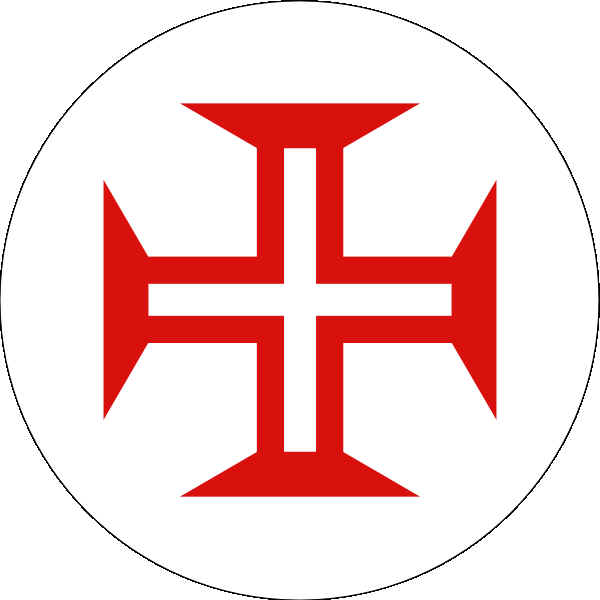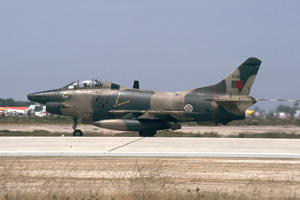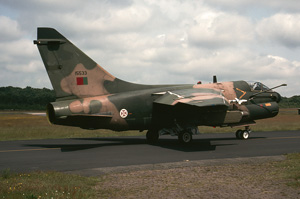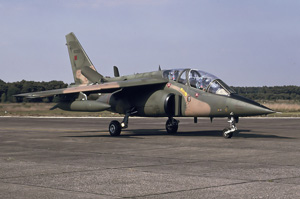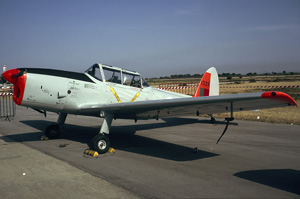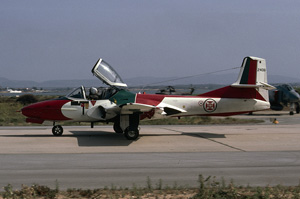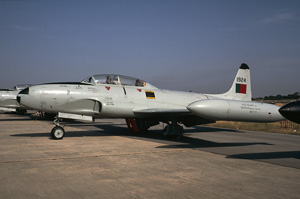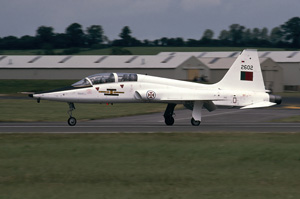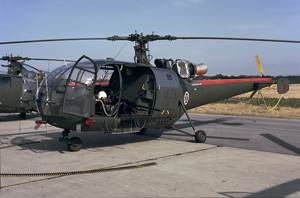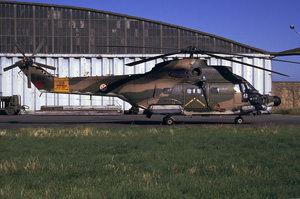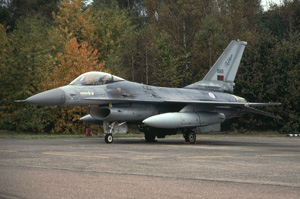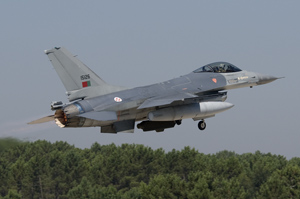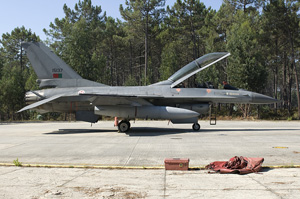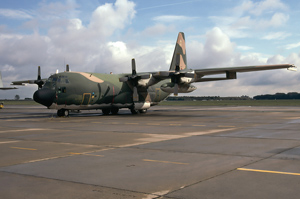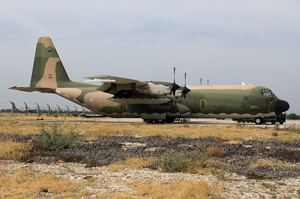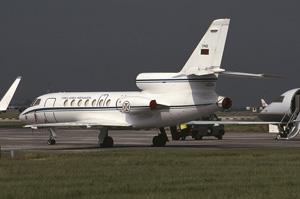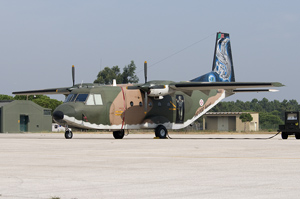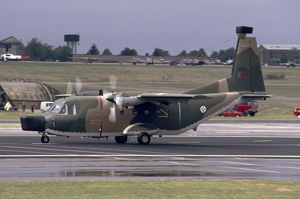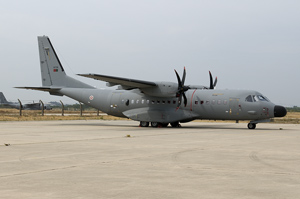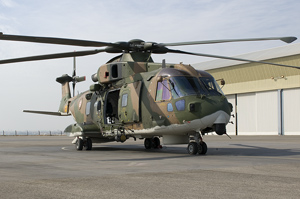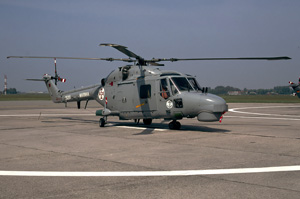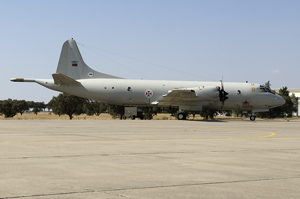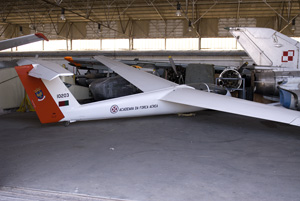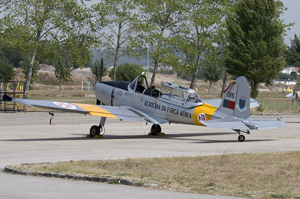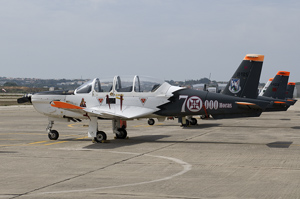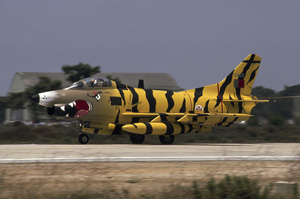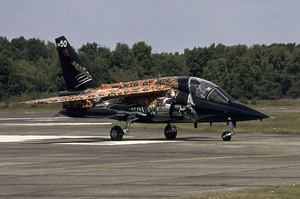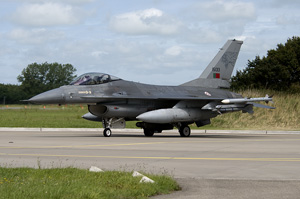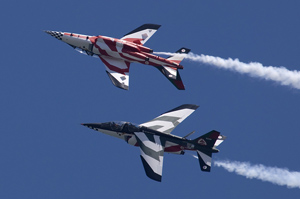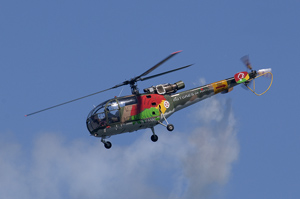Portuguese Air Foce
Força Aerea Portuguesa
One of the less affluent nations in the Western alliance of NATO is Portugal. In centuries past, explorers from the country roamed the oceans, their sails adorned by Henry the Navigator's cross seen above. Nowadays, Portugal's military aircraft can be seen inside and outside of the country bearing the same symbol. Post World War II Portugal's attention remained focussed on its African colonies to which the country managed to hold on long after their British and French allies had left theirs. This resulted in long and bloody conflicts which naturally led to defeats as Portugal could not possibly continue fighting insurgencies with that intensity. 1974's Carnation Revolution led to the fall of the military junta and the granting of independence to the final colonies of Moçabique, Angola and Guinee Bissau. This was followed by withdrawal of military units back to Portugal, including air force units stationed in Africa and a focussing on NATO.
The 1980's Força Aerea Portuguesa was centered around Italian designed and German supplied FIAT G.91R-3's and former U.S. Navy Vought A-7P Corsair II's rebuilt from A-7A's. The FIAT's, once back on Portuguese soil flew with Escuadra 301 "Jaguares" at Montijo near Lisbon. They as well as the Corsairs provided some measure of air-to-air and air-to-surface capability.The Corsairs were based on Monte Real between Lisbon and Porto however, flying with Esc 302 " Falcoes" and Esc 304 "Magnificos". It wasn't until the mid 1990's that the Lockheed-Martin F-16 supplanted the Corsairs. Some years before, second hand German Alpha Jets replaced the FIAT's giving the FAP a combat capable trainer. The arrival of the Alpha Jet signalled the end for Portugal's Lockheed T-33A and Northrop T-38A. For primary training purposes, the De Havilland Canada DHC.1 Chipmunk had served alongside the Cessna T-37C. These gave way during the nineties to SOCATA TB.30 Epsilons supplied by France.
Portugal's rotary winged force relied for decades on the trusty French Sud Alouette III. The sturdy Alouette had given stirling service in Africa and could even be seen in those days armed with a door mounted machine gun by way of a makeshift gunship. Today, the Alouette still serves, albeit in reduced numbers in the helicopter training role. Over water Search and Rescue had given rise to the purchase during the 1970's of Aerospatiale SA.330 Pumas, a type that nowadays has been replaced with the Agusta-Westland EH.101.
